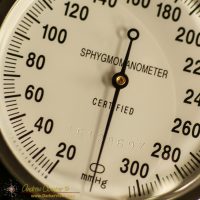One of the advantages of a mirrorless camera, like the EOS-M, is the very shallow backfocus requirement. The distance from the lens mount to the sensor is quite small, allowing use of just about any series of lenses on the market. All that is needed is the correct adapter, a need that several specialty manufacturers have addressed with products. The result is that the camera is useful in a wide range of photographic experiments and projects.

I have had fun simply shooting with these old primes and the EOS-M camera. Sometimes I will grab a single lens and just go someplace to play with the camera for half an hour, sort of a self imposed creative exercise. Using one of these manual focus lenses brings back memories of my first years of film photography, before the days of auto-focus.
Combine these old lenses with an extension tube, and the rig becomes a macro-photography setup capable of fairly high magnification.


Another technique I have used for handheld images is to set the camera for burst mode. I take a short series of images while slowly moving through focus, often by simply rocking back on my heels. With a little practice you can hit just the right focus, or even generate a series that can be focus stacked.
The magnification is a factor of the length of the extension tube. Calculating the magnification is not difficult, a simple equation will allow calculation of the resulting magnification.
Where m is the resulting magnification, m’ is the original magnification from the lens specifications, t is the extension tube length, and f is the focal length of the lens.
I usually go with a modest 25mm tube as any more is too much magnification for most uses, particularly handheld. Indeed, my favorite combination is a 25mm extension tube and the 100mm f/2.8 Canon FD lens. The setup has a large working distance, almost two feet away from the subject.
Plugging the numbers for the 100mm f/2.8 lens into the equation yields…
The native magnification of the 100mm lens is 0.12, now magnified to 0.62 with a 25mm extension tube. this is not quite the 1:1 magnification that some consider to be “true” macro, but it is approaching that point.

